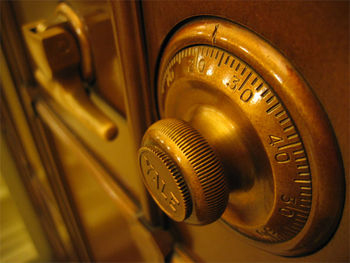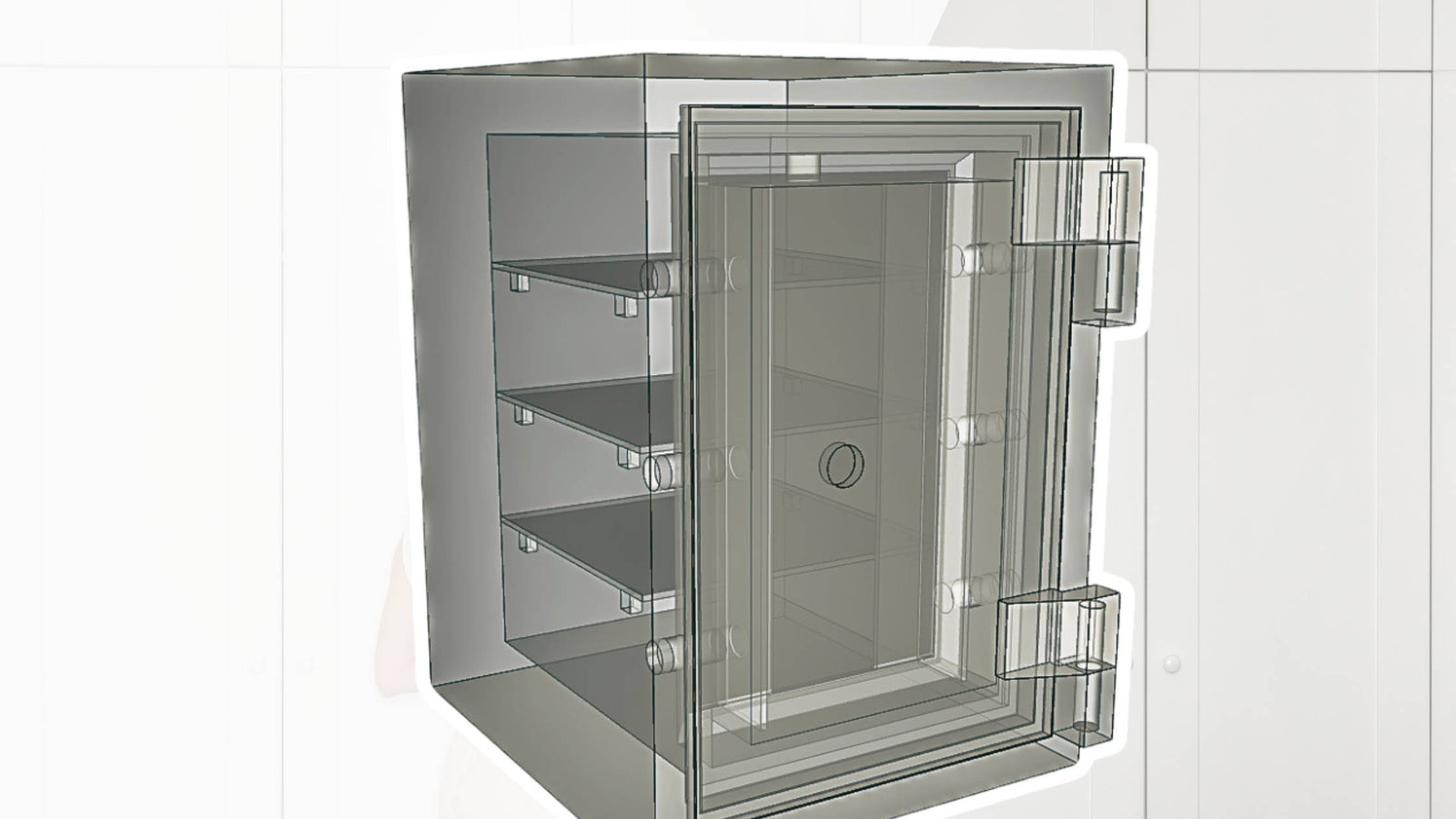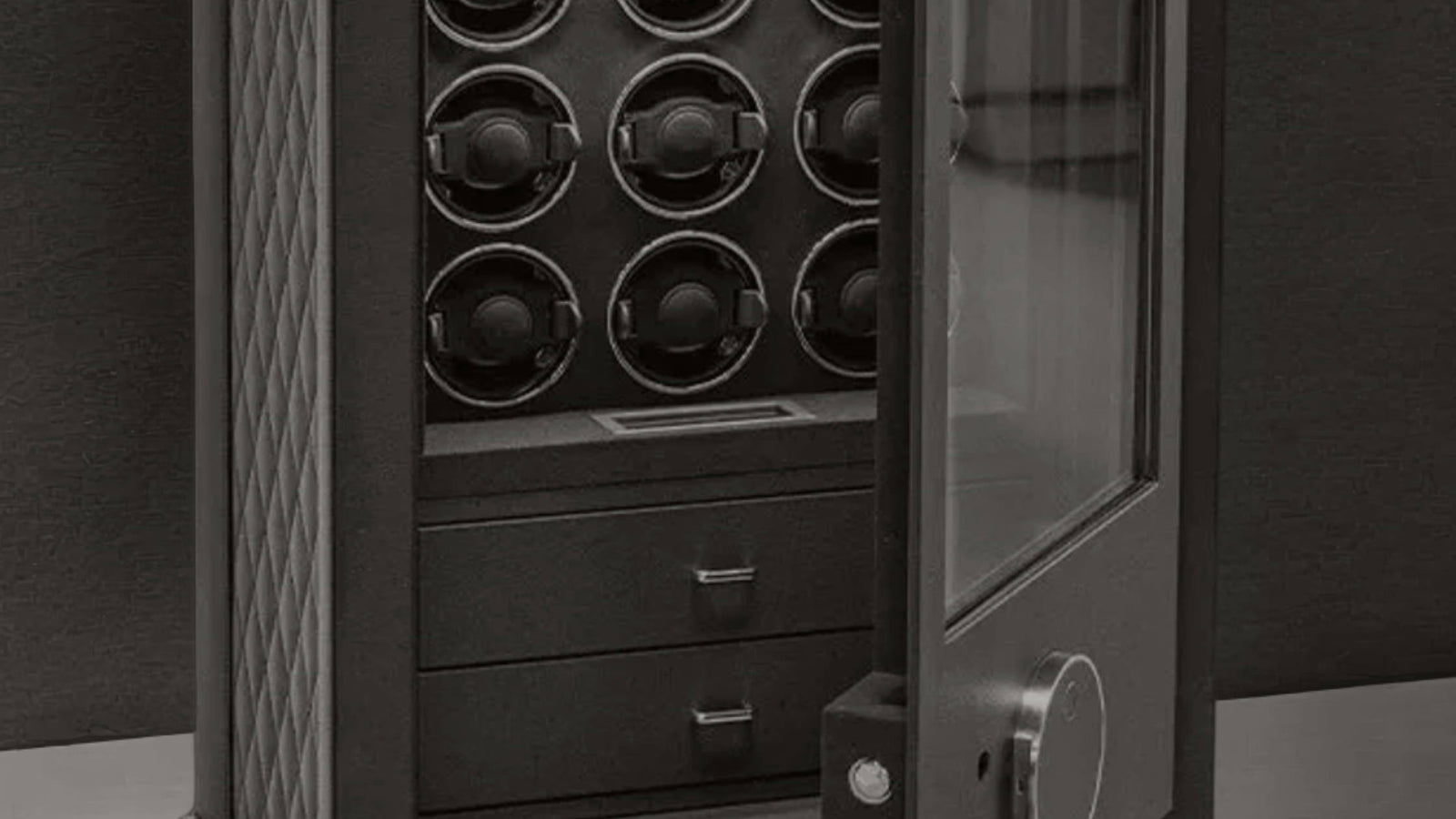Combination locks are about as old as safes themselves and have been a staple of security for centuries. The first known combination lock was found in a Roman tomb though more reliable historical examples are attributed to a manual published by Muslim engineer Al-Jazari in 1206. Since then there have been multitudes of different innovations and additional security features added to make them more reliable. Here we’ll look at how modern combination locks have upped the security and what to look for when you want some additional security for your own combination lock. 
Basic Types
There are two basic types of combination locks readily available: single dial or multiple dial. Multiple dial combination locks are usually those found on bicycles or on simple padlocks and are generally less secure for a number of reasons. Multiple dial combination locks will often have slight irregularities that make it possible to feel the correct combination as you cycle through the numbers as well as fewer possible combinations. Single dial combination locks are those typically found on safes, lockers, and some padlocks and are generally much more secure though they do have their own flaws. Here we will focus on how to amend the insecurities of single dial combination locks.
Adjusted Tolerance
One feature of most single-dial combination locks is that there is a tolerance built in that makes it so you don’t have to land on exactly the right number. This means that most basic locks only require you to land within one or two numbers of the correct entry when spinning the dial to still gain entry. Advanced security combination locks, however, will come with a smaller or no tolerance meaning that it requires more precision to open which makes brute force guessing attacks nearly impossible in a timely fashion.
Preventing Lock Manipulation
Some rotary combination locks are susceptible to lock manipulation because they have an audible (often with the use of a stethoscope) tell or feel when they make contact with the disc. Fortunately, there are a few different innovations available to help combat lock manipulation for single dial combination locks. The first is the use of lightweight materials to minimize the tell. The second solution is serrated wheels (same idea as false pin tumblers) that will give no recognizable distinction for the correct combination (this is the clicking sound you can hear during rotation).
External Security
Another additional security feature that can help maintain a secure single dial combination lock is additional hardware to prevent mechanical attacks. Some example include a hardened steel plate behind the locking mechanism to prevent weak point drilling or scoping. Additionally the combination lock hardware should be strong enough to withstand brute force smashing attempts. With the additional security available there are very few weaknesses for single-dial combination locks if they are well made and take into account the proper innovations to prevent lock manipulation.




